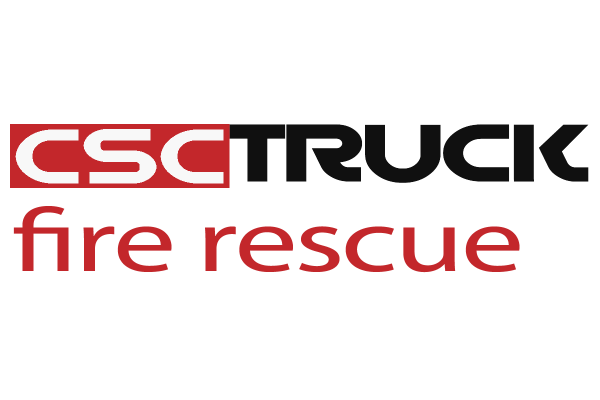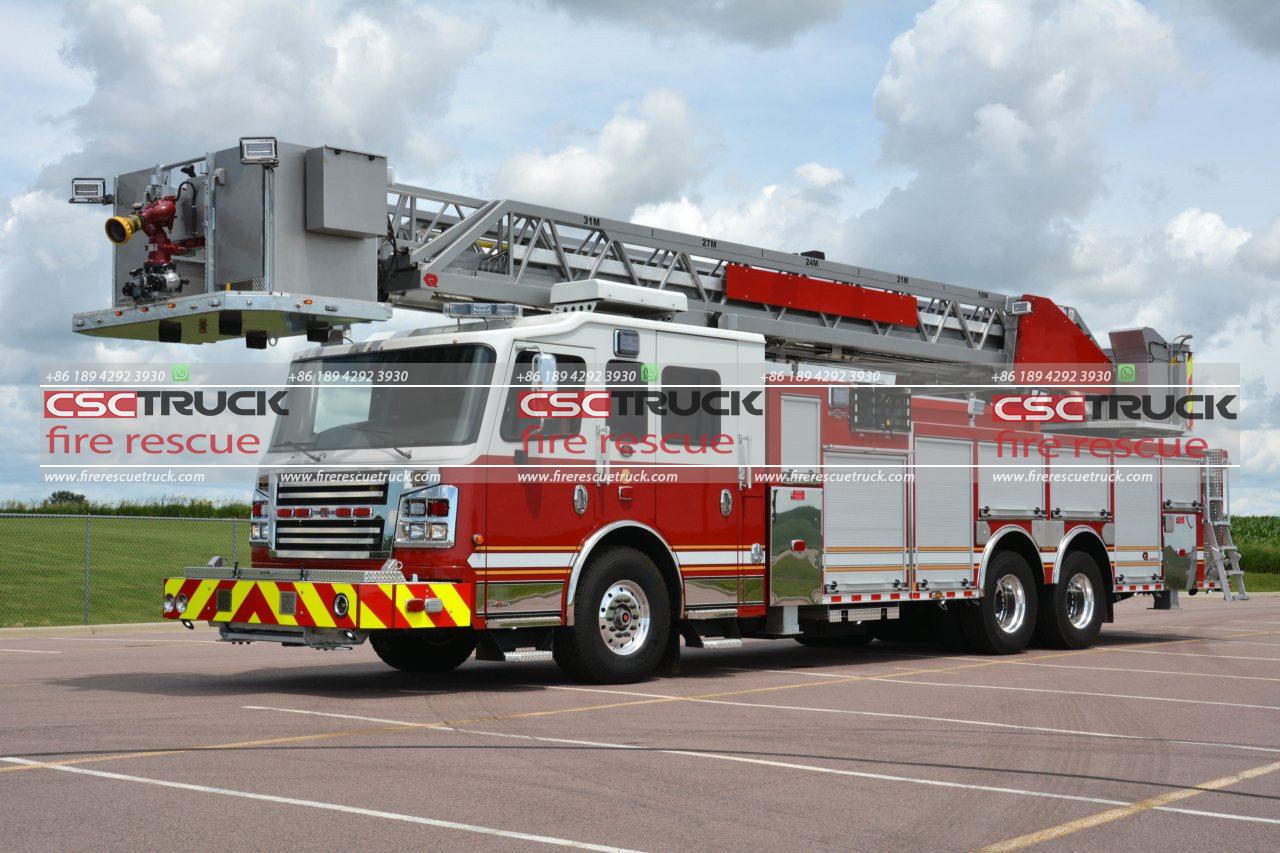This article introduces a remote water supply system—a pumper fire truck—designed specifically for areas with difficult water access, such as forests.
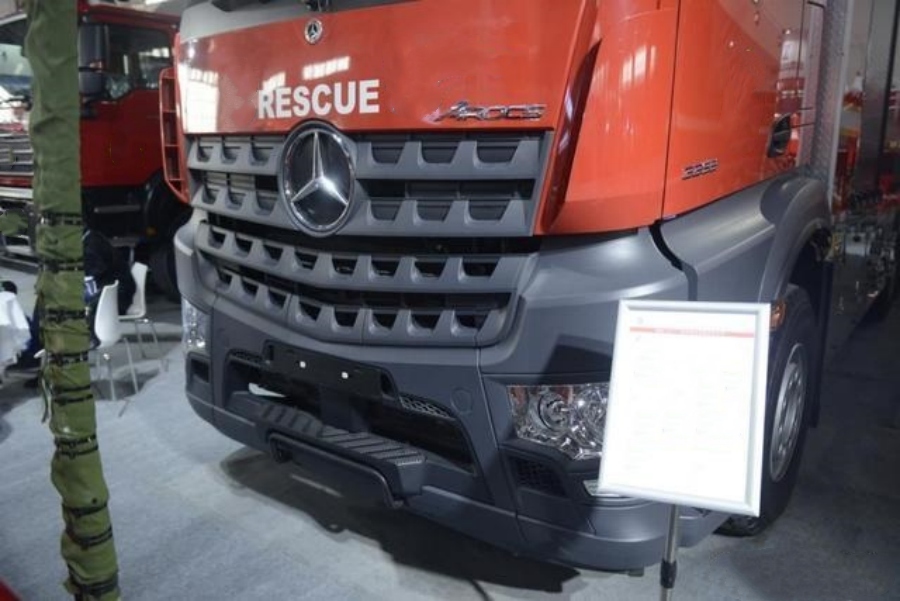
Compared with the previous generation Actros, the new generation of Mercedes-Benz trucks has further segmented its product lines, creating a separate Arocs series. For example, the cab uses the same specifications and internal design as the Actros, with the primary differences lying in the chassis. Many companies choose the Arocs chassis for modifications.
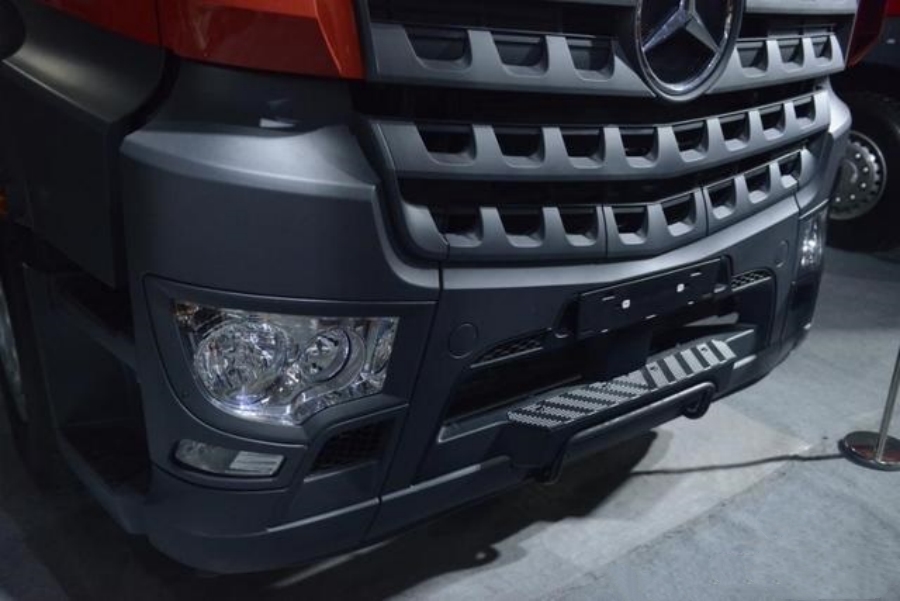
This pumper fire truck is primarily used on highways, so it is equipped with a low-position steel bumper. The front end features a 3-step access ladder: the lowest step is a foldable lever type; the middle step is integrated into the bumper; and the top step is located beneath the grille and can also be folded away when not in use.
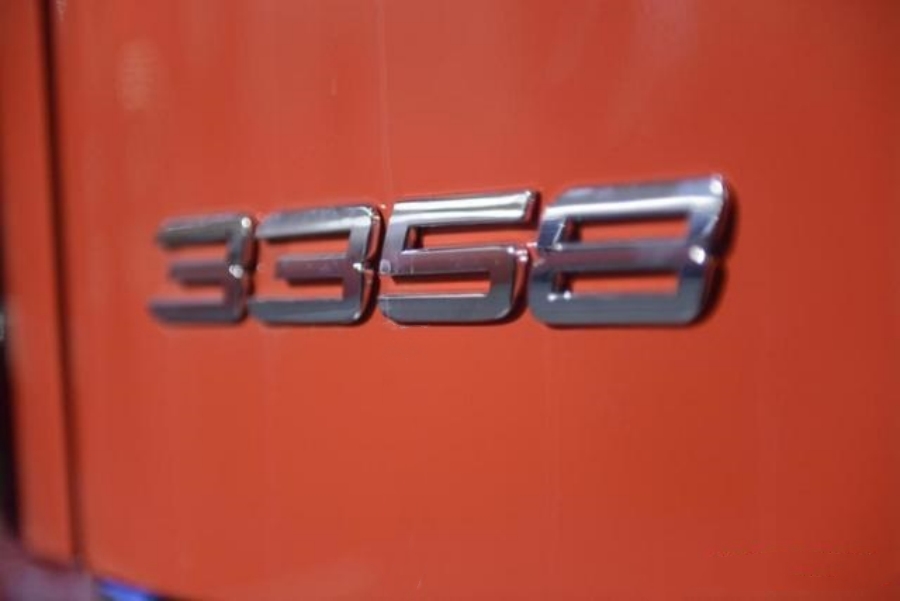
The chassis uses a 6×4 drive configuration, with a gross vehicle weight of up to 33 tons. Crucially, the vehicle is equipped with a 15.6-liter OM473 inline six-cylinder engine, producing a maximum output of 580 horsepower—typically a configuration seen only on 8×4 water tank fire trucks.
Equipping a 33-ton truck with a 580-horsepower engine is certainly beneficial for firefighting and rescue, though it does significantly increase procurement costs. This engine is also produced at the Detroit Diesel plant in North America under the name DD16.
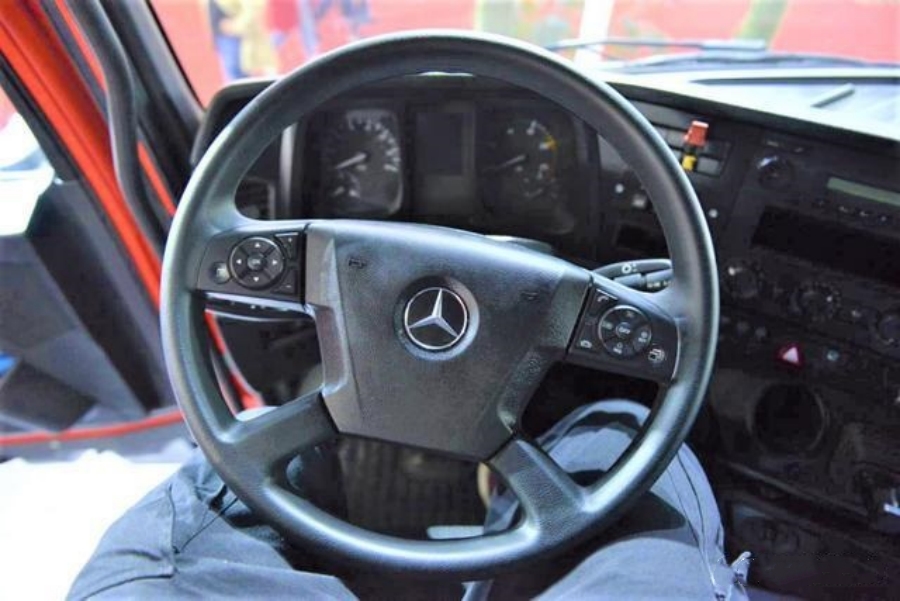
The interior design of the Arocs cab is identical to the Mercedes-Benz Actros. This vehicle uses the Mercedes G280-16 AMT automatic transmission with an overdrive top gear. The shift lever is mounted on the steering column and integrates a retarder function.
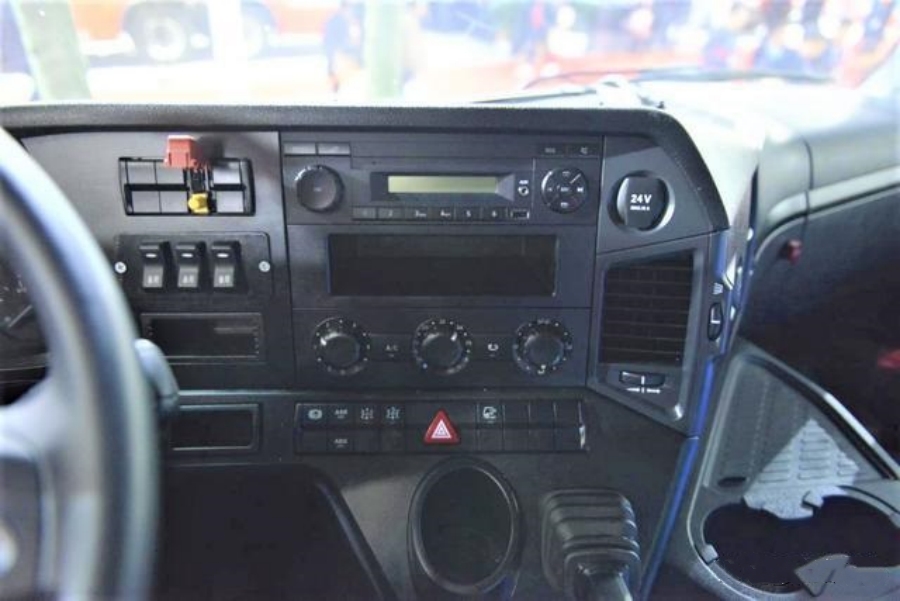
The cab is not overly equipped with interior devices, but optional accessories such as radios can be added if needed.
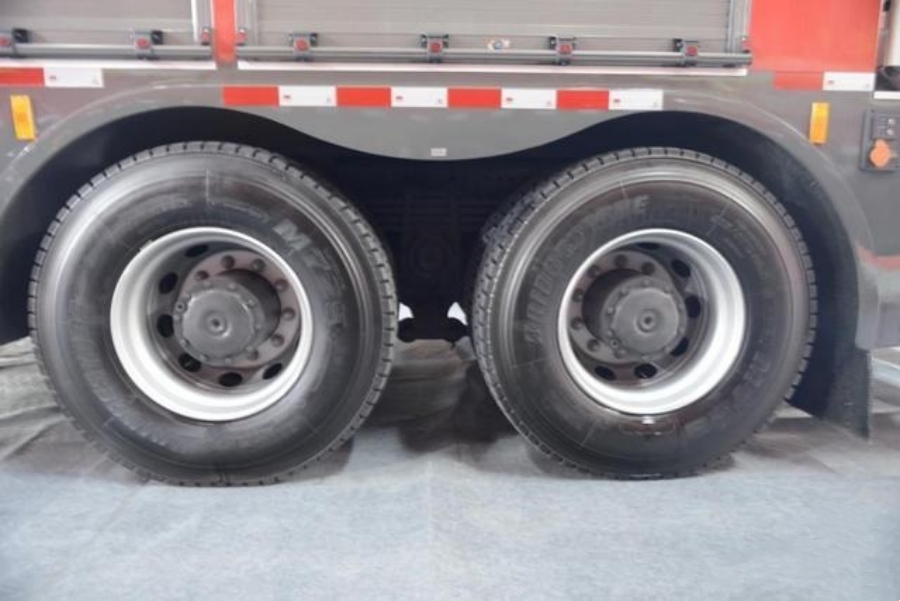
The rear axle is a 13.4-ton hub-reduction axle.
While the chassis of a fire truck is undoubtedly important, the key components determining its maneuverability and reliability are the upper structures. The upper body defines the vehicle’s core firefighting function, with each part performing a specific role to achieve the best rescue results.
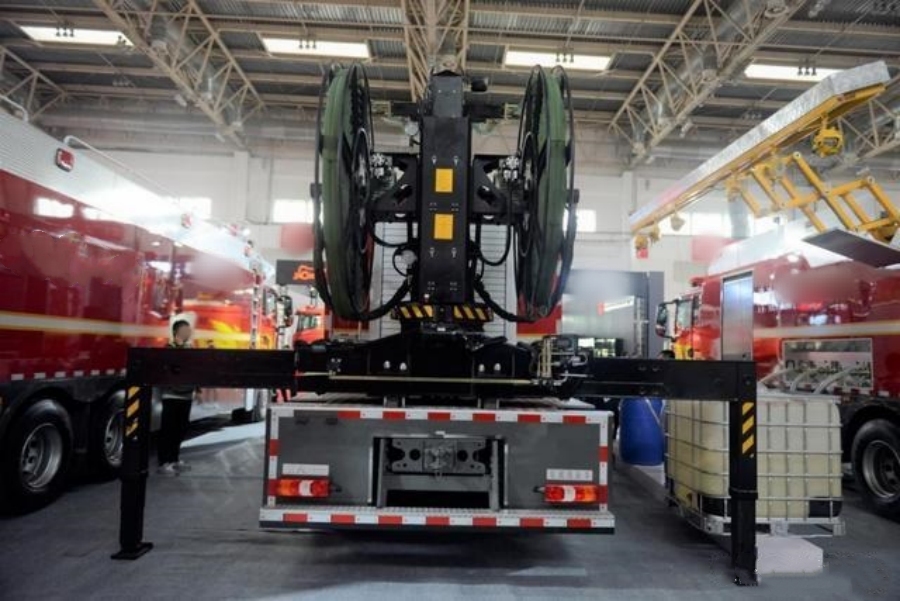
The water supply module is quite sophisticated. In addition to standard fire pumps, this vehicle includes specialized suction and auxiliary equipment.
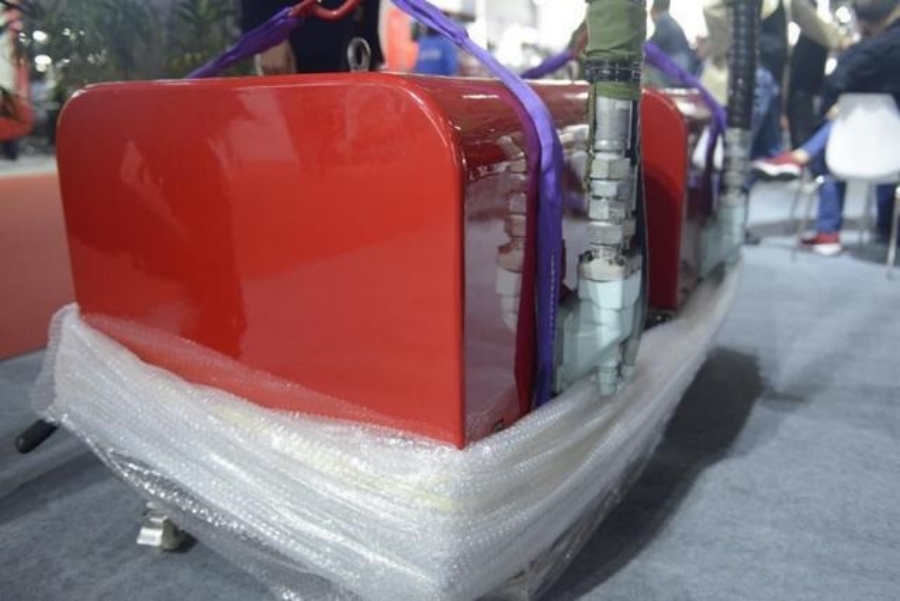
At the front of the vehicle are 2 red cylindrical devices connected to a crane arm. These are professionally known as floating submersible pumps. They are hydraulically driven via green hoses and can float on water to draw in water, connecting to the vehicle through piping.
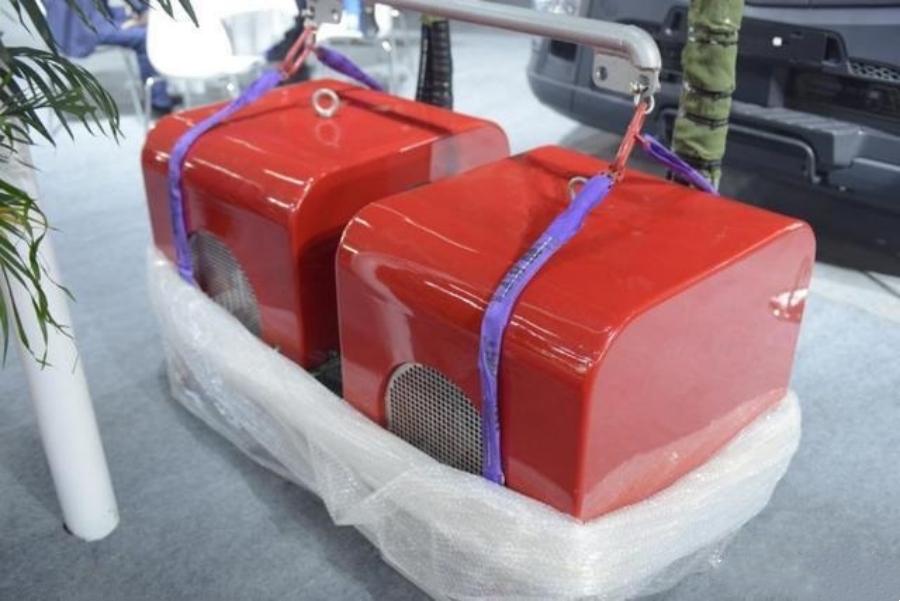
Each floating submersible pump has a maximum working pressure exceeding 0.5 MPa and a rated flow of 250 liters per second.
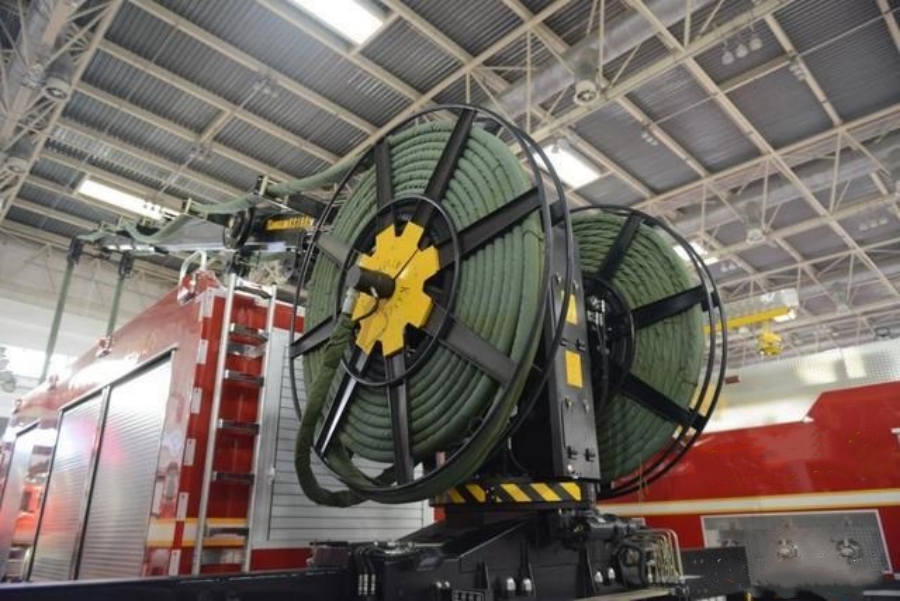
On the roof, a hook-arm crane with a lifting capacity of 0.5 tons is used to handle the submersible pumps. This crane also manages the extension and retraction of the hydraulic hoses connected to the pumps. At the rear of the truck is a hose storage reel. Both the crane and the reel are mounted on a rotating platform that can be adjusted based on terrain.
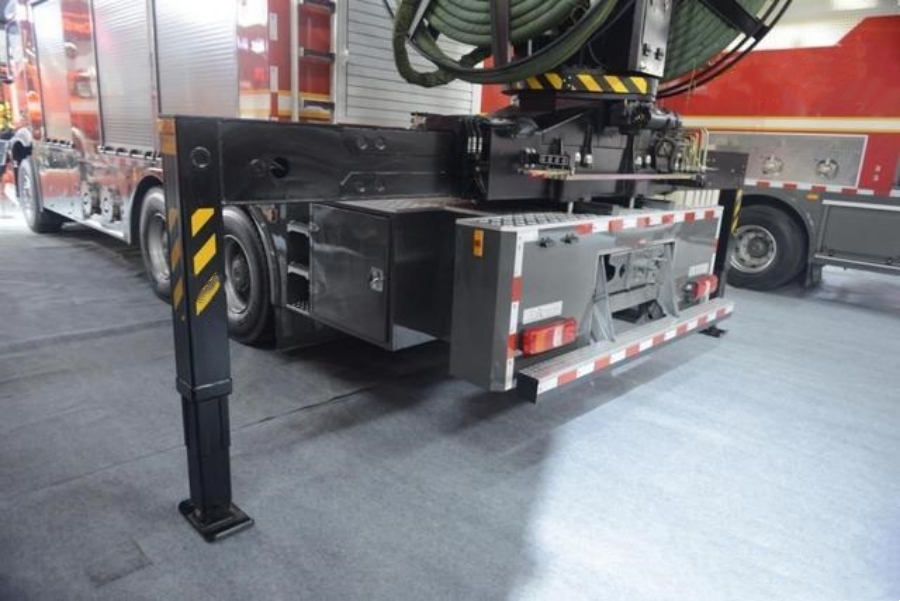
2 hydraulic outriggers below the platform ensure vehicle stability during crane operation.
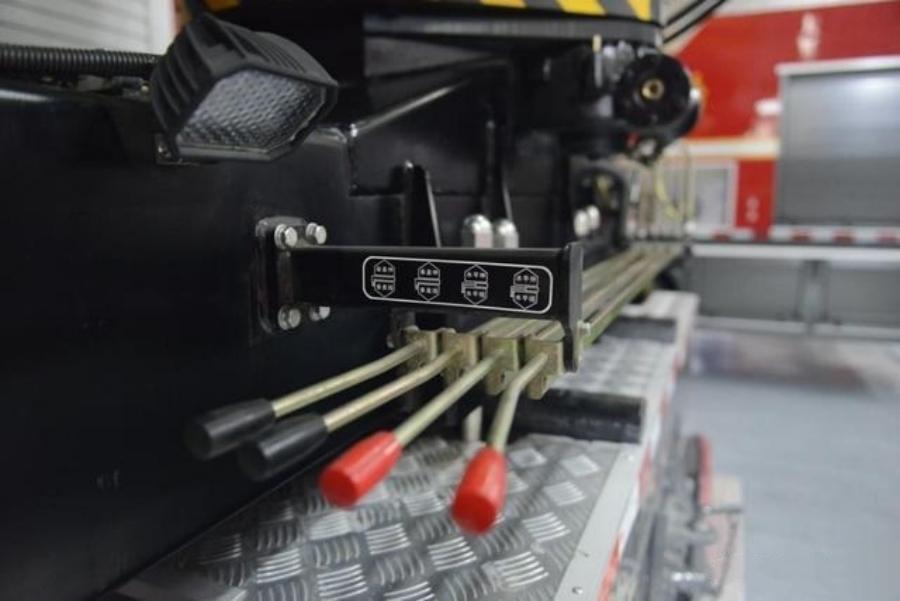
The control lever for the platform is located nearby.
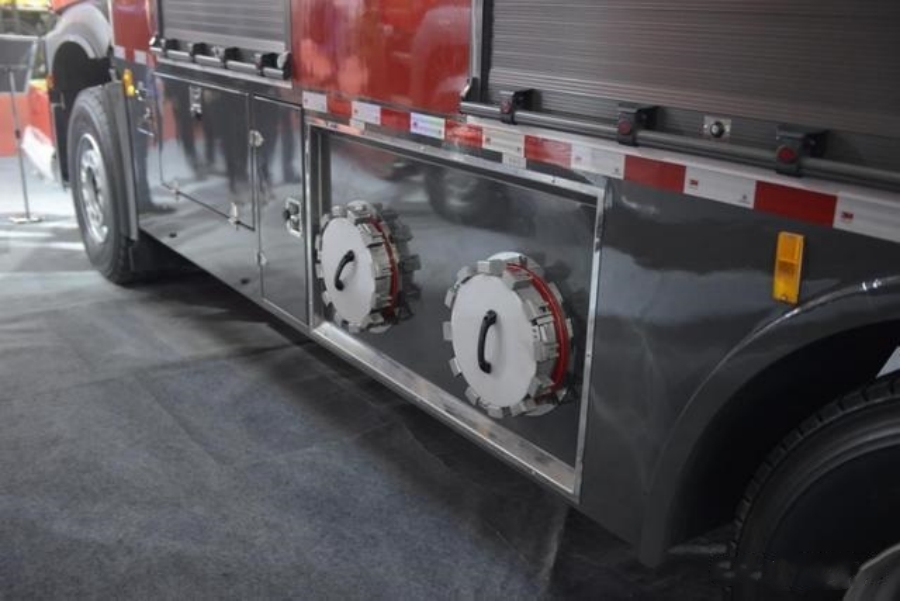
On the right side of the vehicle are 2 inlets connected to the pump; the left side features outlets for external connection, allowing 2 water supply systems to operate simultaneously.
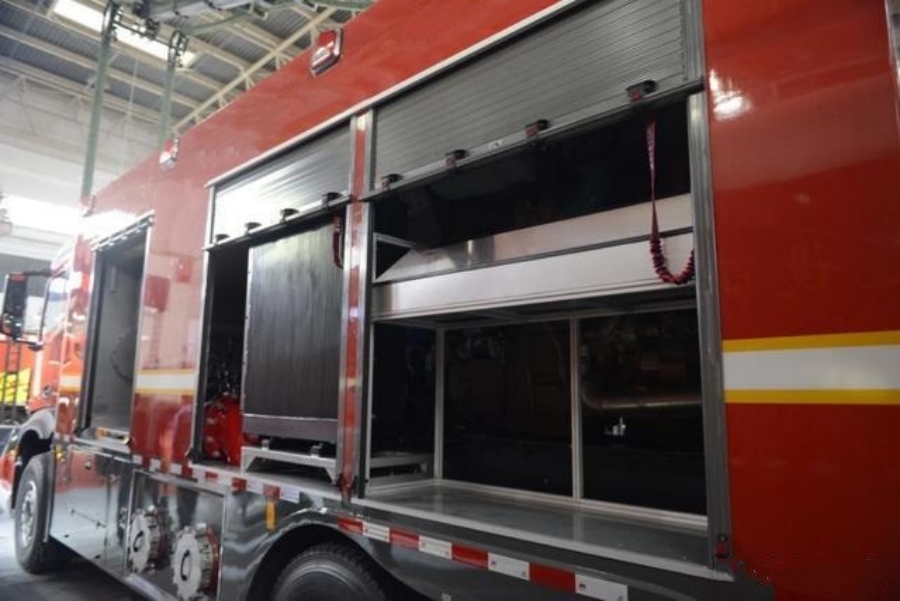
Opening the roller shutters on either side reveals that the compartment is not for storing rescue equipment, but rather houses a massive suction device with limited space reserved for accessory tools.
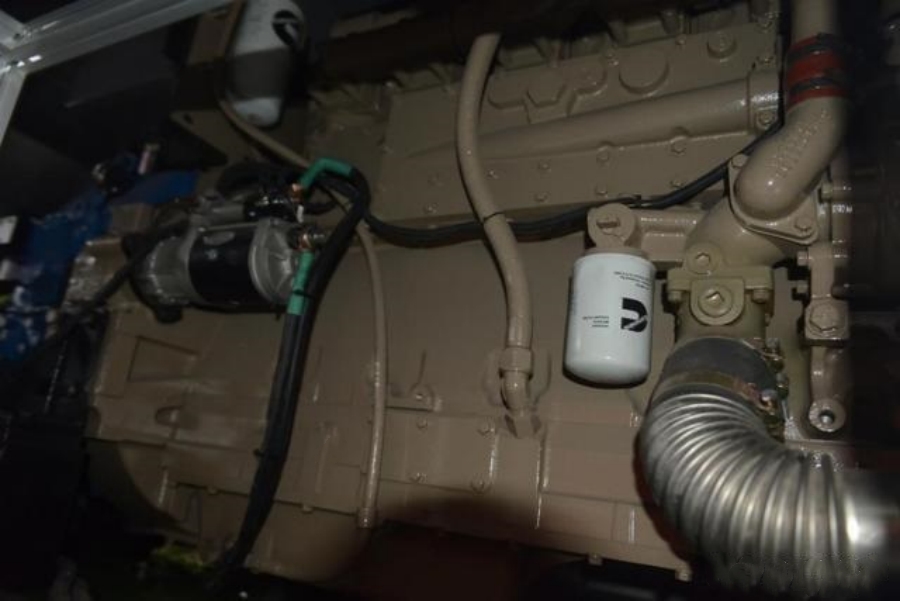
The suction system is powered by a Cummins industrial engine.
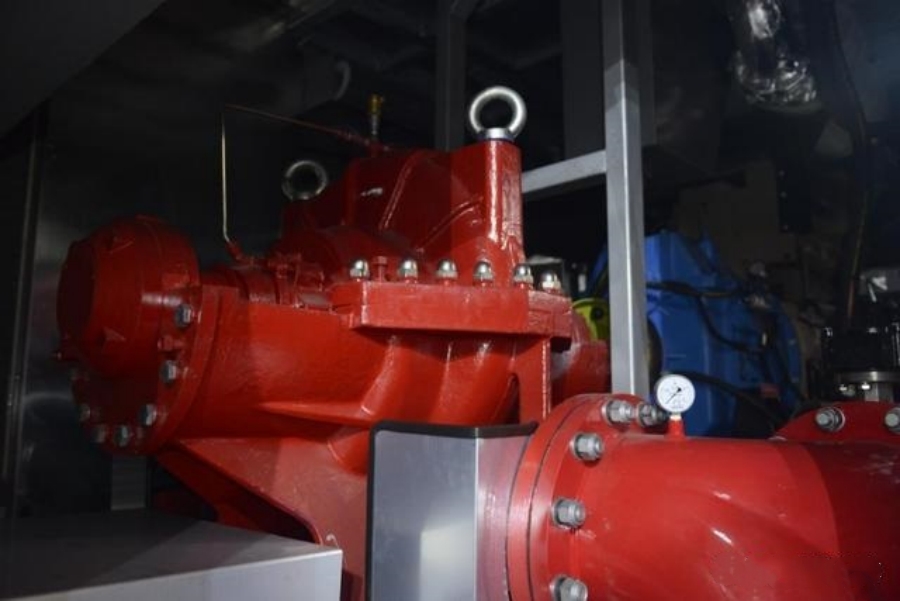
This engine drives a reducer, which is connected to a water pump near the front of the vehicle. The maximum working pressure of the pump and booster pump exceeds 1.5 MPa. The vehicle can supply water over distances of up to 6 kilometers. For greater distances, a larger water supply vehicle or a tandem setup with 2 of these trucks is required.
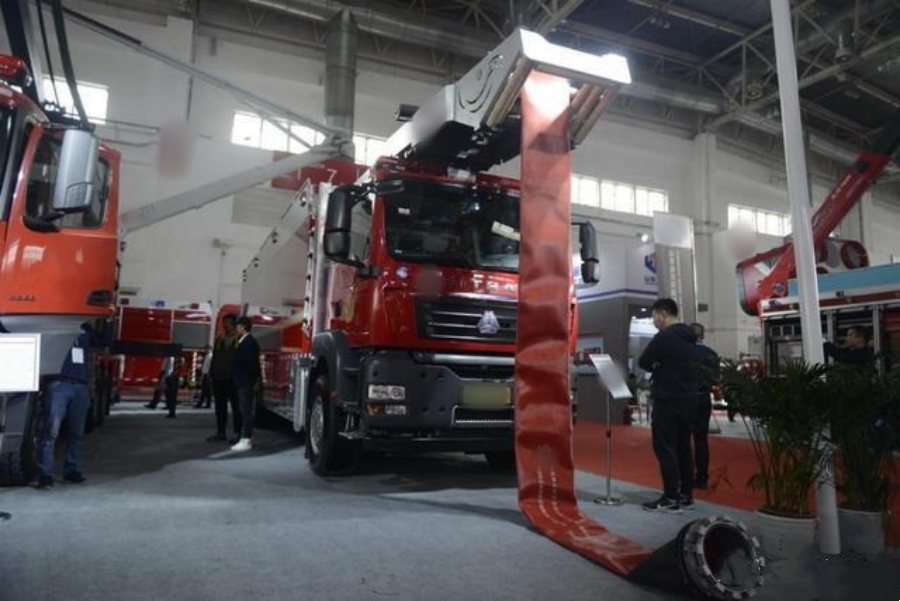
Water hose deployment is handled by a separate vehicle based on a Sinotruk SITRAK chassis.
While the pumper tank truck can supply water over 6 km, how the “ammunition” (hoses) is delivered becomes critical. This hose deployment vehicle carries fire hoses and features automatic deployment equipment that eliminates the need for manual setup. However, the hose length is limited, so multiple deployment vehicles may be needed for long-distance operations.
In summary, achieving remote water supply is not the job of a single vehicle—it relies on a complete system working together. Although the cost of such a system is high, the damage caused by an uncontrolled fire, in terms of human life and property, is immeasurable.
